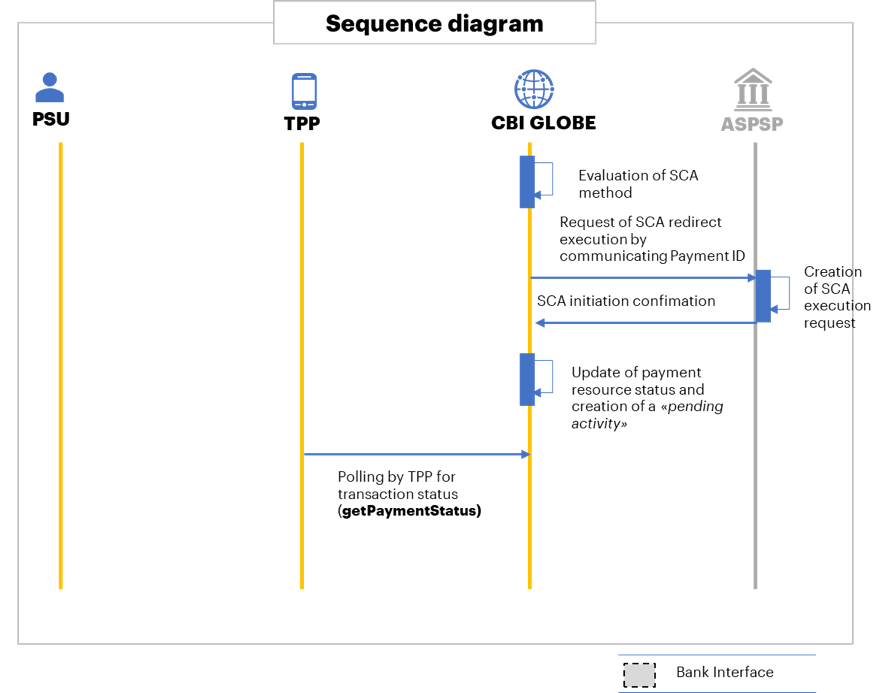

This opens a new, empty sequence diagram in Visio and adds a node named Sequence-1 to the Model Explorer. To create a new sequence diagram, right-click the Top Package node in the Model Explorer and select New | Sequence Diagram from the shortcut menu. A message sent to an object in a sequence diagram creates a new operation on the receiving object. Reading through the steps of your use case.Ĭreating business objects that carry out the use case.Īdding business objects to the sequence diagram, and deciding which objects should carry out each responsibility.Īdding messages between objects on the diagram. You can create a sequence diagram for each use case in your model, allowing you to model the behavior and collaboration between business objects in your application.Ĭreating a sequence diagram is a dynamic process that involves the following steps: The main tool for achieving this is the sequence diagram. Miro’s whiteboard tool is the perfect canvas to create and share your UML diagram.Now that we have a basic idea of our data structure (and are agreeable to changing it as further analysis and design dictates), we're ready to create business object classes implementing the functionality of our "Check Out Media" use case. In this example, we can see an online store transaction, starting with the online store login step at the top of the diagram and then developing into the possible routes the customer can take, either adding a product to the shopping cart or searching for items and ordering them. The UML diagram example in Miro’s template belongs to the class diagram category, showing a static structure and the actors involved. There are many UML diagrams that you can use to map out systems and model and document software. In contrast, the behavioral UML diagram examples show the dynamic behavior between objects in the system, which can also be described as changes to the system. The structural UML diagrams show the static structure of the systems. There are 14 different types of UML diagrams, and they are divided into two categories: Use notes or colors to draw attention to essential features.

Try to keep descriptions as short as possible.įirst, arrange all diagram elements on the page and then draw the relationship lines. When deciding which type of UML diagram best fits your needs, start by choosing your target audience.įor example, executives are probably only interested in the big picture, while developers need as much detail as possible. UML diagrams are an effective tool that can help you bring various stakeholders up to speed, create documentation, organize your workplace and team, and streamline your projects. They have become a popular way to model business processes or workflows.
#SEQUENCE DIAGRAM ONLINE BANKING VISIO SOFTWARE#
You can use UML diagrams to model software development by helping design and analyze the software, besides guiding development and team prioritization. Initially used by software engineers, the UML diagrams became quite popular in other industries too, exactly because they allow teams to standardize the design of a system. They allow your team to view the relationships between systems and tasks easily. Like flowcharts, UML diagrams can provide your organization with a standardized method of mapping out step-by-step processes. Other UML diagram types are Use Case Diagram, Sequence Diagram, and Activity Diagrams.Īdvantages of using a UML Diagram Template Both software engineers and business managers use this diagram to model different interactions involved within a process. The Class Diagram is the most commonly used, where you can map structures of a system displaying various classes, attributes, operations, and relationships between objects. Keep reading to learn more about different types of UML diagrams.

Professionals from various sectors use this methodology to model business processes and workflows with the help of the UML diagram. UML, which stands for Unified Modeling Language, was initially used as a modeling language in software engineering, but has been adopted as a more widely used approach to diagramming application structures, modeling, and documenting software. UML diagrams allow you to map out step-by-step processes and visualize software systems.


 0 kommentar(er)
0 kommentar(er)
